Nationality American Role Writer Name Ashley Bryan | Ethnicity African American | |
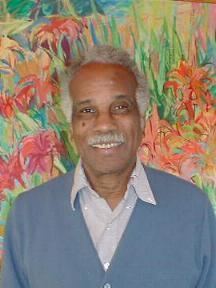 | ||
Born July 13, 1923 New York, New York, USA ( 1923-07-13 ) Occupation Writer, illustrator, college teacher Subject African American studies Awards Laura Ingalls Wilder Medal, Coretta Scott King Award for Illustrators, Golden Kite Award for Nonfiction Nominations Astrid Lindgren Memorial Award Books Beautiful blackbird, Beat the Story‑Drum - Pum‑Pum, Let it Shine, Story of Lightning & Thunder, Sing to the sun | ||
Watch poet ashley bryan read words to my life s song
Ashley F. Bryan (July 13, 1923 – February 4, 2022) was an American writer and illustrator of children's books. Most of his subjects are from the African American experience. He was U.S. nominee for the Hans Christian Andersen Award in 2006 and he won the Laura Ingalls Wilder Award for his contribution to American children's literature in 2009. Ashley Bryan's Freedom Over Me was short-listed for the 2016 Kirkus Prize and received a Newbery Honor.
Contents
- Watch poet ashley bryan read words to my life s song
- Be inspired by poet ashley bryan
- Childhood
- University studies and military service
- Professor
- Writer
- Retirement
- Awards and honors
- Stage Works
- Selected works
- Death
- References
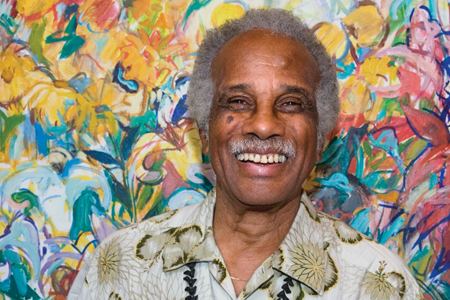
Be inspired by poet ashley bryan
Childhood
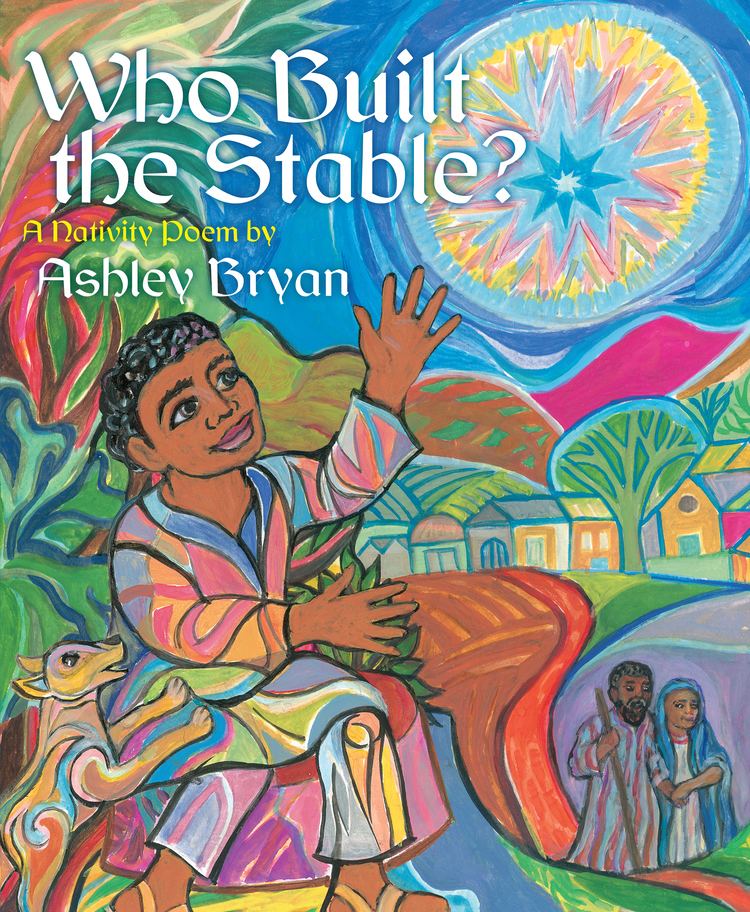
Bryan was born in Harlem and raised in the Bronx (both in New York City). His father worked as a printer of greeting cards and loved birds. Bryan once counted a hundred caged birds in his childhood home. He grew up with six brothers and sisters and three cousins. Bryan recalls his childhood in New York during the 1930s as an idyllic time, full of art and music. He learned to draw, paint, and play instruments at school from artists and musicians participating in the Work Projects Administration program. With books he checked out of the library, Bryan made his own, temporary collection at home. He particularly enjoyed poetry, folktales, and fairy tales; stories that could be told within a brief span of pages.
University studies and military service
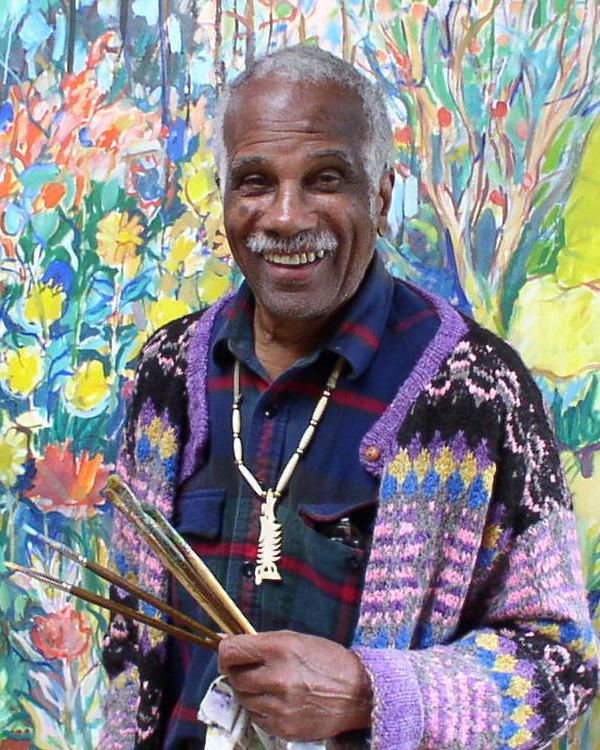
Bryan attended the Cooper Union Art School, the only African-American student at that time. He had applied to other schools who had rejected him on the basis of race, but Cooper Union administered its scholarships in a blind test: "You put your work in a tray, sculpture, drawing, painting, and it was judged. They never saw you. If you met the requirements, tuition was free, and it still is to this day," explained Bryan.
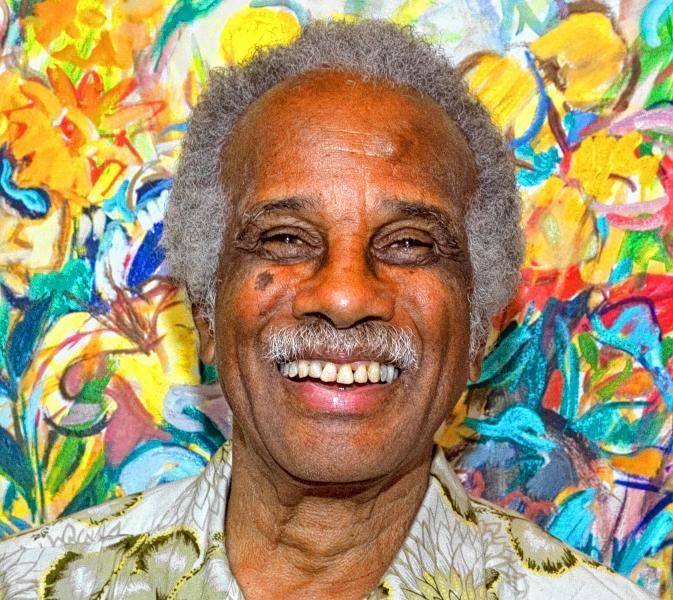
At the age of nineteen, World War II interrupted his studies. He was drafted into the U.S. Army and assigned to serve in a segregated unit as a member of a Port Battalion, landing at Omaha Beach on D -Day .. He was so ill-suited to this work that his fellow soldiers often encouraged him to step aside and draw. He always kept a sketch pad in his gas mask.

1n 1946, he entered the graduate school Columbia University to study philosophy. He wanted to understand war. After the war, Bryan received a Fulbright Scholarship to study at the University of Marseille at Aix-en-Provence and later returning for two years to study at the University of Freiburg in Germany.
Professor

Bryan taught art at Queen's College,Philadelphia College of Art, Lafayette College, and Dartmouth College. He retired as emeritus professor of art at Dartmouth in 1988.
Writer
Bryan was not published until he was forty years old. In 1962, he was the first African American to publish a children's book as an author and illustrator. "I never gave up. Many were more gifted than I but they gave up. They dropped out. What they faced out there in the world--they gave up."
Retirement
In the late 1980s, when Bryan retired from Dartmouth, he moved to Maine. In addition to painting, writing and illustration he also enjoys making puppets, building stained glass windows from beach glass, creating papier-mâché, and making collages. The Ashley Bryan Center, (a 501c3) was formed in 2013 to preserve, protect and care for Bryan's art, his collections, his books and to promote his legacy.
Awards and honors
Bryan has received two American Library Association career literary awards for his "significant and lasting contributions", the 2009 Wilder Medal and the 2012 King–Hamilton Award. The Laura Ingalls Wilder Medal from the Association for Library Service to Children (ALSC) biennially recognizes one writer or illustrator of children's books published in the U.S. The committee named Dancing Granny, Beat the Story-Drum, Pum-Pum, and Beautiful Blackbird in particular and cited his "varied art forms". The Coretta Scott King–Virginia Hamilton Award from the Ethnic & Multicultural Information Exchange Round Table (EMIERT) biennially recognizes one African-American writer or illustrator of children's or young-adult literature. In 2005 the Atlanta literary festival was named for him and he has also received the University of Southern Mississippi Medallion from the Fay B. Kaigler Children's Book Festival.
For his lifetime work as a children's illustrator, Bryan was U.S. nominee in 2006 for the biennial, international Hans Christian Andersen Award, the highest recognition for creators of children's books.
The Ashley Bryan Art series was established at the African American Research Library and Cultural Center of the Broward County Library in 2002. Dr.Henrietta M. Smith, Professor Emerita at the University of South Florida (USF) School of Information, worked with the Broward County Library to establish the children’s book author and illustrator art series named for Ashley Bryan. Mr. Smith was also the lector for the 2003 Alice G. Smith Lecture, a lecture series held at the USF School of Information "to honor the memory of its first director, Alice Gullen Smith, known for her work with youth and bibliotherapy." In 2012 the Ashley Bryan Art series celebrated ten years of exhibits and programs. "The series began with Ashley Bryan submitting eight original art pieces to the library to serve as core of the art collection." It became "a children's book author and illustrator series which has brought Coretta Scott King-Award winning authors and illustrators whose work reflected African culture to the library". "The Ashley Bryan Art series has had a long-lasting cultural effect upon the community bringing children and families into the library and engaging youth with children’s book art and illustrations."
For particular books he has been honored several times including two Coretta Scott King Awards for illustration, the Lee Bennett Hopkins Poetry Award from the Pennsylvania State University, the Lupine Award from the Maine Library Association, and the Golden Kite Award for nonfiction.
He was also a runner-up for seven of the annual Coretta Scott King Awards with one Honor Book as both writer and illustrator—Lion and the Ostrich Chicks and Other African Folk Tales in 1987—and five more as illustrator: I'm Going to Sing: Black American Spirituals in 1983, What a Morning! The Christmas Story in Black Spirituals in 1988, All Night, All Day: A Child's First Book of African American Spirituals in 1992, Ashley Bryan's ABC of African American Poetry in 1998, and Beautiful Blackbird in 2004.
Stage Works
American composer Alvin Singleton composed Sing to the Sun, a commissioned work for the 1995-1996 season by a consortium of five musical festivals. The work consisted of a chamber orchestra made up of an oboe, clarinet, viola, piano and percussion, children’s voices and a narrator, and drew upon the collection of poems by Bryan entitled: Sing to the Sun: Poems and Pictures. Bryan himself narrated the premiere and all the following performances.
On June 10, 2017 the world premiere of Alliance Theatre’s production ‘’Dancing Granny’’ took place at the Oglethorpe University's Conant Performing Arts Center in Atlanta, Georgia. The musical play was adapted for the stage from Bryan's book of the same name with music composed by Jireh Breon Holder and choreography by Ameenah Kaplan.
Selected works
Death
Bryan died at his niece's home on February 4, 2022, at the age of 98. He had congestive heart failure.
